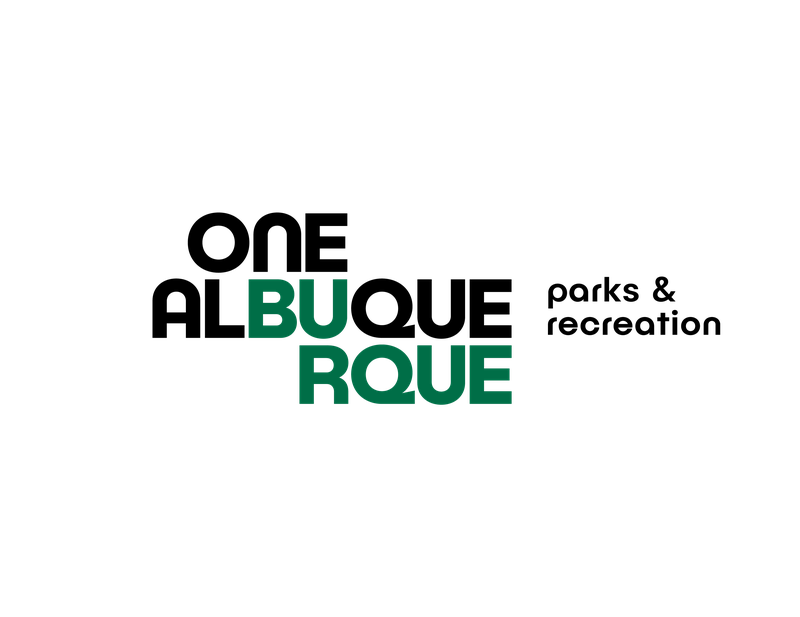
Mayor Keller Redesignates Albuquerque as an Urban Bird Treaty City
Mayor Keller Re-designates Albuquerque as an Urban Bird Treaty City.
May 11, 2019
On World Migratory Bird Day, the City of Albuquerque Parks and Recreation Department and the Albuquerque Urban Bird Coalition celebrated Mayor Tim Keller’s proclamation redesignating Albuquerque as an Urban Conservation Treaty City for migratory birds as recognized by the U.S. Fish and Wildlife Service. This designation recognizes City efforts to conserve habitat like the Bosque and the urban forest for migratory birds including Sandhill cranes, hawks, warblers, hummingbirds and other species. The City also unveiled a new birding location map/guide to encourage bird-related tourism and announce the selection of the Cooper’s Hawk as the new mascot of the City’s Forestry program.
“Our urban forest and the wildlife it supports make our city a better and more beautiful place to call home. Albuquerque prides itself on our balance between a growing city and the conservation of that natural heritage,” stated Mayor Keller. “Making the extra effort to protect and enhance habitat for migratory birds and other wildlife improves our quality of life and extends our commitment to sustainability.”
"Through the power of partnerships, Albuquerque has risen to be one of the most successful Urban Bird Treaty Cities in the history of the program," said Amy Lueders, Regional Director for the U.S. Fish and Wildlife Service, Southwest Region. "With the support of Mayor Keller, we are ready to begin the next phase of this partnership. Together, we will continue to help Albuquerque serve as a sanctuary for migratory birds and other wildlife."
The City also announced the selection of the Cooper’s hawk as the mascot of the City’s Forestry program and revealed a new hawk logo. The U.S. Fish & Wildlife Service has been studying Cooper’s Hawks in Albuquerque since 201. The Albuquerque area hosts a robust and growing population of Cooper’s Hawks; many City parks have active nests. Occupied nesting territories have increased 80 percent since 2011. The favorite nesting trees for Cooper’s Hawks include Elm, Mulberry, Sycamore, Ponderosa Pine, Ash, and Locust. Through a partnership with the Dr. Paul H. Johanson Fund, the Parks & Recreation Department’s Forestry program will launch a new public education program about this magnificent bird that is thriving in Albuquerque.
The Urban Conservation Treaty for Migratory Birds (Urban Bird Treaty) program was created by the U.S. Fish and Wildlife Service to help local governments with conservation efforts for birds that live in and migrate through their cities. The program brings together federal, state, and local agencies, advocacy groups, and academic institutions to create bird-friendly environments and provide residents, especially kids, with opportunities to connect with nature through birding and conservation.
The Albuquerque Urban Bird Coalition also unveiled a new birding site map that identifies numerous locations in and around the Albuquerque metro area to observe migratory and year-round birds. Another resource for people looking for birding hotspots is the Burque Birding GeoFlight geocache series developed by members of the Coalition. Folks can visit www.geocaching.com and search for Burque Birding GeoFlight geocaches or download the c:geo app for your smartphone and search for Burque Birding GeoFlight.
The Albuquerque Urban Bird Coalition is comprised of the U.S. Fish and Wildlife Service, the Albuquerque BioPark, New Mexico State Parks, New Mexico Department of Game and Fish, Central New Mexico Audubon, City of Albuquerque Open Space Division, Albuquerque Open Space Alliance, Friends of Valle de Oro, Rocky Mountain Youth Corps, Bosque School/Bosque Ecosystem Monitoring Project, and Defenders of Wildlife.

